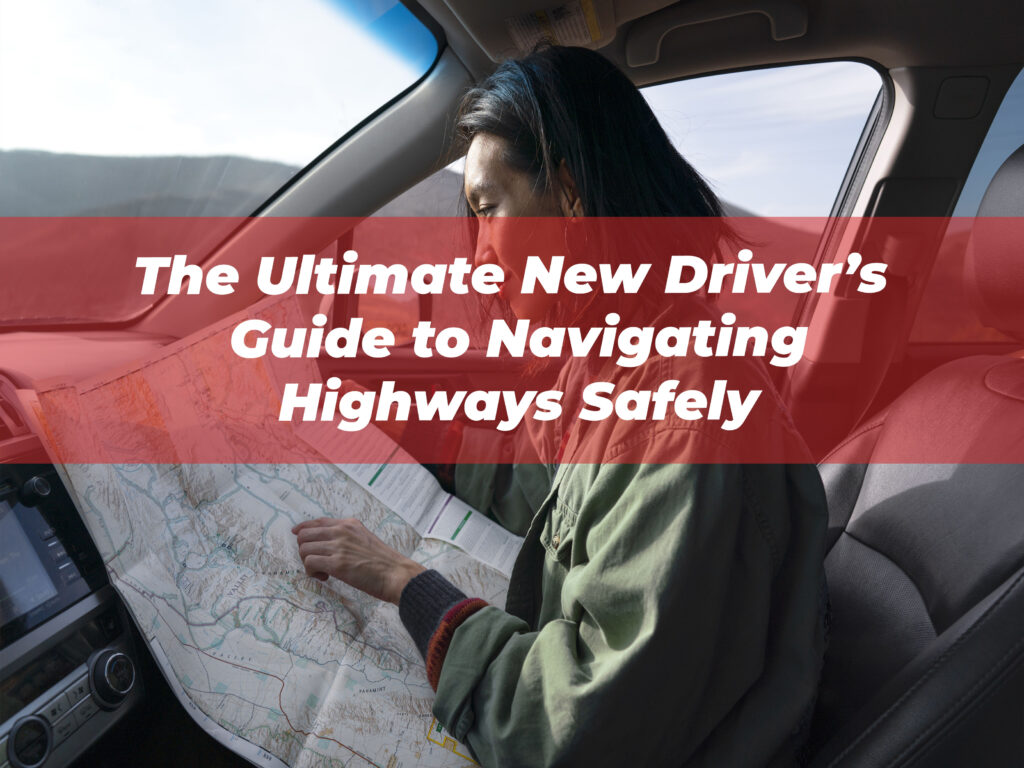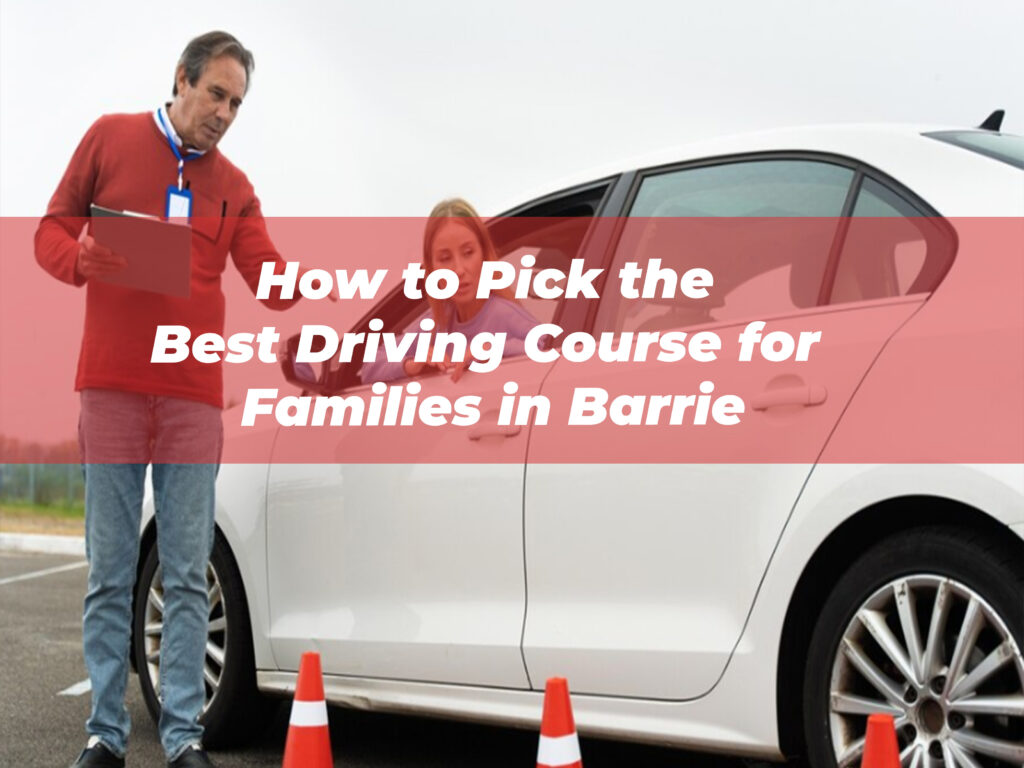Stepping onto the open Navigating Highways Safely for the first time can be both exhilarating and nerve-wracking. With cars zipping by at high speeds and numerous rules to follow, highways often feel intimidating to new drivers. But fear not! With the right mindset, preparation, and techniques, mastering highway driving is completely achievable. Whether you’re a driving newbie or just looking to refresh your skills, this guide is here to support you every step of the way.
Why Navigating Highways Safely is Different
Compared to city streets and suburban Navigating Highways Safely, present unique challenges. Increased speed limits, merging traffic, and multiple lanes require better focus and quicker decision-making. On the flip side, highways are often safer than other roads due to fewer intersections and stoplights. That’s why mastering highway driving is essential for building confidence behind the wheel.
Below, we’ll explore everything from preparing for your first highway experience to handling unexpected situations confidently.
Preparing to Hit the Highway
1. Master the Basics First
Before venturing onto Navigating Highways Safely, ensure you’re comfortable with basic driving skills like steering, lane changes, signaling, and using mirrors effectively. These foundation skills are crucial on faster-moving roads.
Practice on local roads until these behaviors feel second nature to you. Once you’re confident, gradually build up to more demanding environments like highways.
2. Familiarize Yourself with Your Vehicle
Understanding how your car operates will give you additional peace of Navigating Highways Safely. Get to know essential functions like your car’s acceleration, braking sensitivity, and blind spots. Test your mirrors and adjust them for maximum visibility. If your vehicle is equipped with advanced safety features like lane assist or adaptive cruise control, learn how to use them properly.
3. Choose the Right Time for Your First Attempt
Timing matters. Pick a time when traffic is lighter, such as mid-morning or early afternoon on a weekday. Avoid rush hour or poor weather conditions when learning the ropes, as these can amplify the pressure.
4. Plan Your Route in Advance
Knowing your route ahead of time eliminates unnecessary stress. Use navigation systems to review turn-by-turn directions and anticipate transitions, such as lane merges or exits. You’ll feel more confident when you know what to expect.

5. Bring a Trusted Co-Pilot
Having an experienced driver beside you can be a huge confidence Navigating Highways Safely. They can offer reassurance, guidance, and support, helping you stay calm in tough situations.
Entering the Highway Safely
6. Understand Entrance Ramps and Acceleration
Highway entrances are where new drivers tend to tense up. The key is to use the entrance ramp effectively to build up speed. The goal is to match the flow of traffic before merging onto the highway. Accelerate smoothly and glance at your mirrors to gauge the gap available for merging.
Pro Tip: Use your turn signal well in advance to alert other drivers of your intention.
7. The Art of Merging
Merging can feel overwhelming, but Navigating Highways Safely calm is the secret. Look for openings, check your blind spots, and adjust your speed as needed. Avoid forcing your way into traffic; wait for the right opportunity without hesitation.
Remember, drivers already on the highway are expected to adjust to merging drivers, but this doesn’t mean they always will, so stay proactive.
Staying Safe on the Highway
8. Stick to the Right Lane
For beginners, staying in the right lane is often the safest option. It’s generally slower than the left lanes, which are used for passing. The slower pace in the right lane offers more time to react and adjust to the road.
9. Maintain a Safe Following Distance
Tailgating is a recipe for disaster, especially on Navigating Highways Safely. Use the three-second rule to maintain a safe following distance. Pick a stationary object on the road, like a signpost, and make sure it takes at least three seconds to reach that point after the car in front of you passes it.
This cushion will allow you time to react to sudden braking or unexpected hazards.
10. Stay at a Consistent Speed
One of the keys to safe highway driving is maintaining a steady speed. Highway driving is not the time to accelerate aggressively or slow down unnecessarily. Check your speed frequently and stick to the limit unless road conditions suggest otherwise.
Using cruise control can help on long drives, but it’s best avoided if you’re new to highways since it reduces direct control.
11. Use Your Mirrors Constantly
Highway driving requires Navigating Highways Safely awareness. Regularly scan your rearview and side mirrors to keep track of vehicles around you. This habit is crucial for making well-informed decisions when changing lanes or adjusting speed.
12. Signal Early and Clearly
Your turn signal is your best friend on highways. Whether you’re changing lanes or exiting, indicate your intentions well in advance. This lets other drivers anticipate your movements, reducing the chances of surprise and confusion.
13. Learn to Share the Road
Highways bring together a mix of vehicles, from tiny sedans to massive semi-trucks. Be mindful that larger vehicles have bigger blind spots and require more space to stop. Avoid cutting them off or lingering in their blind zones, especially on curves and inclines.
14. Watch Out for Speeding Drivers
Not everyone on the highway follows traffic Navigating Highways Safely. Stay alert for aggressive or speeding drivers and give them plenty of space. Avoid “engaging” with reckless drivers by trying to match their speeds or attempting to block them.
Exiting the Highway Without Stress
15. Plan Your Exit in Advance
The key to a smooth exit is preparation. Safely shift into the exit lane well before your offramp approaches. Cutting across multiple lanes at the last minute is a common mistake and can lead to dangerous situations.
16. Adjust Your Speed Gradually
Exiting the highway often requires a reduction in speed as the ramp typically leads to surface streets. Use your brakes gently to transition smoothly. Pay attention to posted signs showing the speed limit near or on exit ramps.
Building Confidence Over Time
17. Practice Makes Perfect
The more you practice on Navigating Highways Safely, the less intimidating they will feel. Start with short trips and gradually increase the distance as your comfort level grows. With time, monitoring lanes, checking blind spots, and making smooth transitions will become second nature.
18. Stay Focused and Limit Distractions
Distractions are one of the biggest risks when driving. Avoid using your phone, fiddling with the radio, or engaging in unnecessary conversations with passengers. Focus entirely on the road and your surroundings while driving on the highway.
19. Stay Calm Under Pressure
Mistakes can happen. If you miss an exit or take a wrong turn, don’t panic. Avoid sudden movements like slamming on the brakes or making drastic lane changes. Simply continue driving until it’s safe to turn around or rejoin your route.
20. Learn Defensive Driving Skills
Defensive Navigating Highways Safely emphasizes anticipating and responding to potential hazards in a calm, proactive way. Keep a lookout for erratic drivers, obstacles, or changing weather conditions. Adjust your speed and positioning to keep you and your surroundings safe.
Dealing with Roadway Challenges
21. Driving at Night
Night driving on highways comes with its own set of challenges. Reduce your speed to ensure ample reaction time, and use your high beams when appropriate but remember to dim them when other cars are approaching.
22. Weather Conditions
Rain, snow, fog, and ice can make highway driving more dangerous. Slow down, use hazard lights if necessary, and ensure your headlights and wipers are functional. If conditions become too extreme, it’s okay to pause and wait until the weather clears.
23. Handling Emergencies
Pulling over safely is crucial during roadside Navigating Highways Safely. Signal, gradually reduce speed, and steer onto the far-right shoulder. Set your hazard lights and call for help if needed. Stay inside your vehicle as much as possible to reduce the risk of being hit by passing cars.
Key Takeaways for New Drivers
- Preparation and practice are the foundation of confident highway driving.
- Use tools like mirrors, turn signals, and speed control to make smooth Navigating Highways Safely.
- Always prioritize safety, for yourself and others on the road.
Final Thoughts
Driving on highways can feel Navigating Highways Safely at first, but it’s a skill like any other. With consistent practice, preparation, and the tips outlined here, you’ll soon find yourself navigating these roads with ease.










